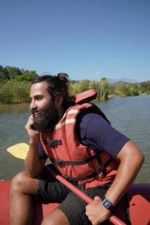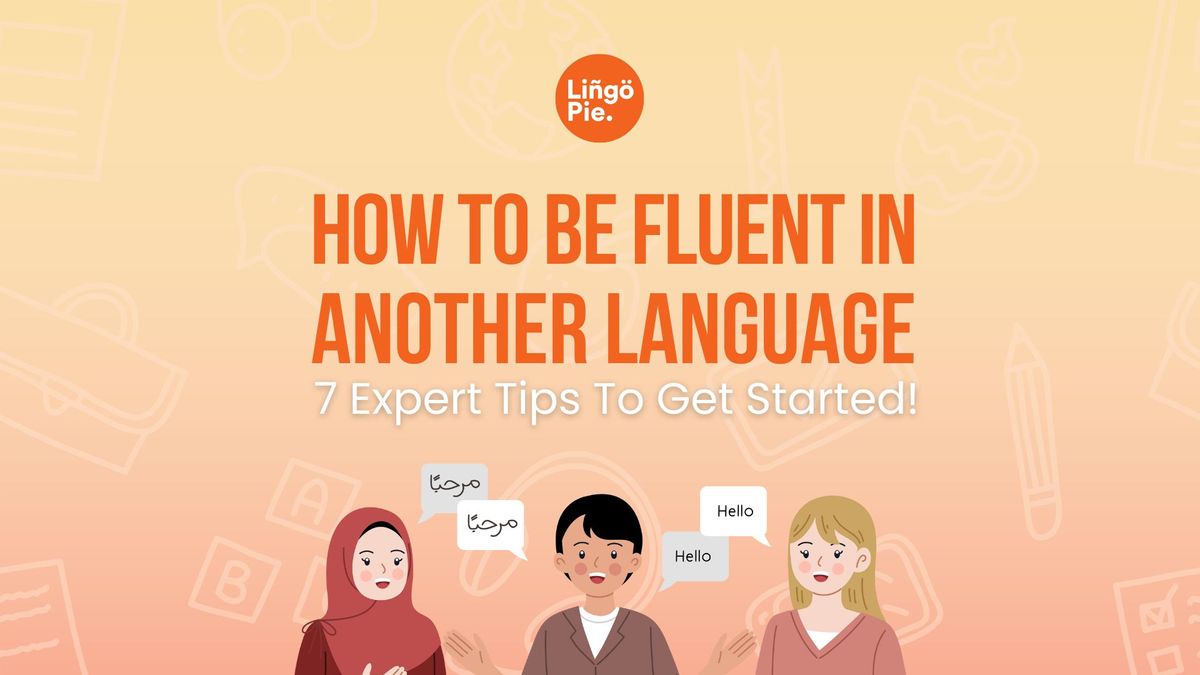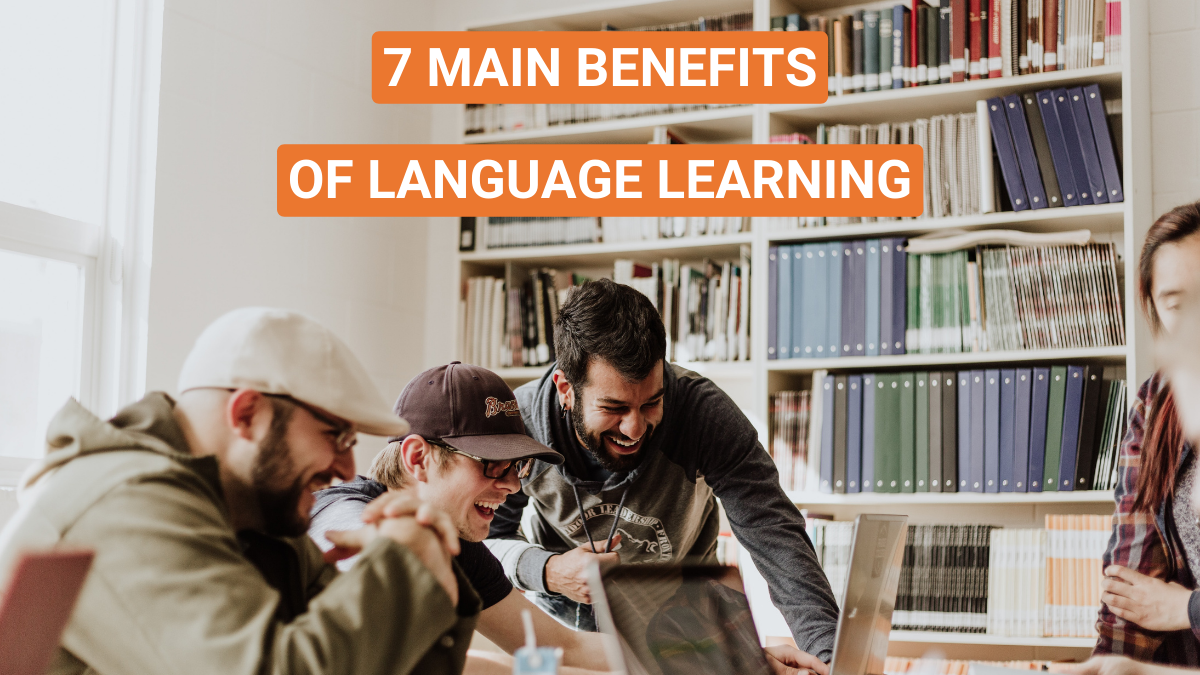Wondering how to become fluent in a language? Whether you are starting out or halfway through your language journey, the tips in this article will help you reach your goals.
Why learn a language?
If you’re asking yourself how to become fluent in a language, you’re probably already aware of the awesome perks that come with a foreign language under your belt. If not, here’s a quick rundown!
More business opportunities – First, in this day and age of an interconnected global economy, employers are inclined to hire bilingual employees who can communicate in a second language. Additionally, knowing more than one language can open the door to working abroad.
Stronger cognitive functions – Bilingualism can keep your brain sharp and healthy. Being bilingual improves your creativity, problem-solving skills, and ability to multitask. Lastly, it can greatly strengthen your memory.
Better social life – A new language lets you communicate with a whole new array of people who speak it. It also allows you to deepen existing relationships with native speakers.
Enjoyable Travel – Lastly, a new language makes traveling much more comfortable. Think about it: you’re able to move around in different countries with not one, but two ways to communicate. Plus, it increases your cultural awareness and understanding of other cultures and peoples.

But what is fluency?
Fluency in a new language tends to be narrowed down to being able to communicate without flaws in your pronunciation and understanding. However, fluency is actually something that varies from person to person.
For example, imagine two Spanish enthusiasts: one is trying to learn Spanish to enjoy his summer vacation in Barcelona more thoroughly, while the other wants to become a Spanish fiction writer. Both people will have vastly different definitions of fluency in the language.
So, when it comes to fluency, try to come up with your own definition. There are a couple of benefits to this. First, it makes the learning process more personal and enjoyable. Second, it can help you choose the type of resources you’ll need to use.
You can get an idea of what fluency can look like by looking at the CEFR proficiency levels. You can use these levels to define your own fluency goals.

Be SMART with your goals
Once you’ve set your fluency goals, it’s time to make a plan!
And there isn’t a more efficient way to reach your goals than by being SMART about them. In other words, ensure that your goals are Specific, Measurable, Attainable, Realistic, and Timebound, making them easier to attain.
Instead of a vague reason like “I want to learn Spanish because it’s cool,” go for a SMART goal like:
- Learning 500 Spanish words ahead of an upcoming holiday in Barcelona to be able to communicate with the locals
- Reaching a B2 proficiency level within a year before applying for a summer exchange program in Mexico
- Scoring a B+ average in your Spanish tests during your school year
This tip is so important that it made Fluent Forever’s Guide To the Fastest Way To Learn a Language. Check it out and get 11 pro tips to help you learn any language quickly and effectively.
Without further ado, here are my top 7 language fluency tips for all you language learners!
How To Learn A Language Fluently
These first four tips are based on Gabriel Wyner’s proven 4-Step Method to learn a new language.
Gabe is Fluent Forever’s CEO and a bona fide polyglot who taught himself French, Japanese, Spanish, Russian, and Hungarian with this methodology. Let’s begin!
#1 Get used to your target language’s pronunciation first
First off, rewire your ears to understand your target language’s sounds. You see, your brain and ears are hardwired to your native language’s sounds. Consequently, learning and remembering foreign words is extra hard.
So, one of the first things you should do is train your ears to understand your target language’s pronunciation. This makes acquiring new vocabulary easier, faster, and longer lasting.
One of the best ways to achieve this is to use minimal pair tests. Minimal pairs are similar-sounding words in a specific language (think “mass” and “moss”).
By testing yourself with these pairs of words and identifying the differences, you can train your brain and ears in a matter of weeks!
#2 Use flashcards with images to learn vocabulary
Flashcards are amazing learning tools. They can help you learn new information quickly and effectively, including new vocabulary.
However, you want to steer clear of direct translations, a popular but ineffective way to learn words and phrases in a new language. With translations, new terms tend to slip out of your head quite quickly.
Alternatively, flashcards with images on one side and foreign words on the other help you learn vocabulary faster and for longer. This happens because images, pictures, and drawings create stronger connections between the image and the word, making them easier to pick up and harder to forget.
Flashcards are easy to make! You can either use pen and paper or digital software like Anki.
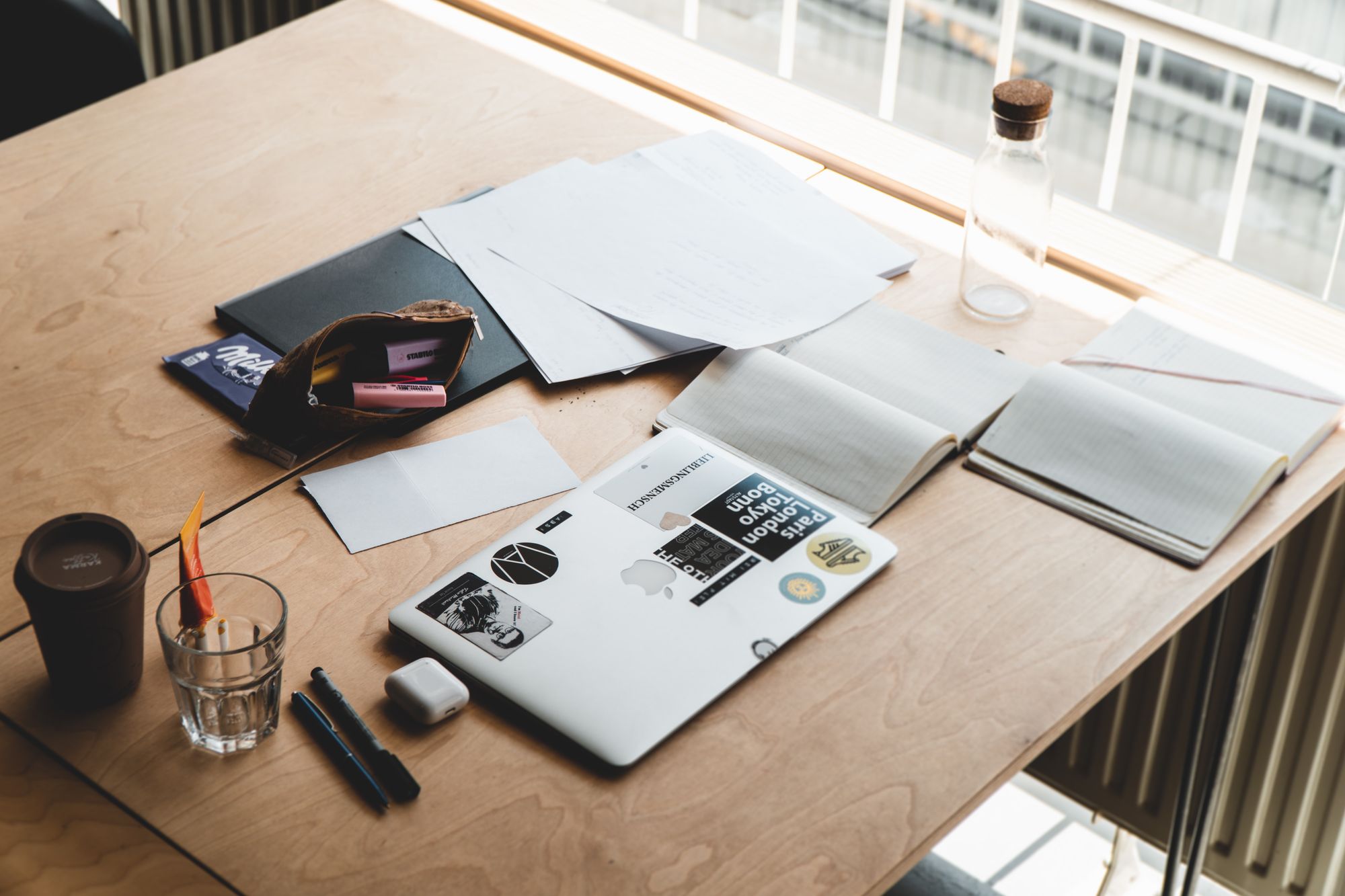
#3 Grasp all things grammar in context
Grammar in a new language can be intimidating. So, here’s a useful tip: don’t worry too much about it.
Don’t pore through grammar day and night. Rather, let your brain naturally pick up the grammar patterns and rules as you progress through your journey.
You can use flashcards to learn grammar through sentences – bonus points if you use sentences you care about! Personalized content beats generic phrases any day. It makes learning more fun and lets those grammar rules stick for longer.
To follow these first three tips with minimal preparation and effort, you can download the revolutionary Fluent Forever app. It efficiently automates vocab and grammar flashcard creation. It also comes with readily available minimal pair-based listening tests, giving you back precious time to let you focus on what’s important: your learning.
And did I mention there are 13 languages to choose from?
Additionally, the Fluent Forever app uses an integrated spaced repetition system (SRS) algorithm that creates personalized review sessions based on your previous performance. What better way to progress through your language journey?

#4 Practice speaking as much as you can
Speaking in a new language is a skill in its own right. Once you have some vocabulary and grammar under your belt, seek ways to practice with native speakers as much as possible.
You can find native speakers online or in language exchange communities and programs. You can also opt for a language tutor, which has the added benefit of working with someone who’s experienced in teaching techniques.
Practicing with native speakers is so powerful and effective that it makes up step four of the Fluent Forever method. In my post on How and Where To Find a Language Tutor, you can learn more about the Live Coaching program offered at Fluent Forever, available in 12 languages and counting!
#5 Consume media in your target language
As soon as you’re confident enough, follow as much media in your target language as you can. From Netflix to podcasts, music, and YouTube videos, anything with a native speaker in it does wonders for your pronunciation, vocabulary, and grammar.
See also: How to Learn a Language by Watching TV
#6 Read, write, repeat!
Improve your grammar by leafing through short stories and novels in your target language. Start with the former, magazines, and newspapers first, but try to move to novels and longer forms of writing as you progress.
If you fancy a challenge, try more engaging texts like exercise workbooks and games like crossword puzzles.
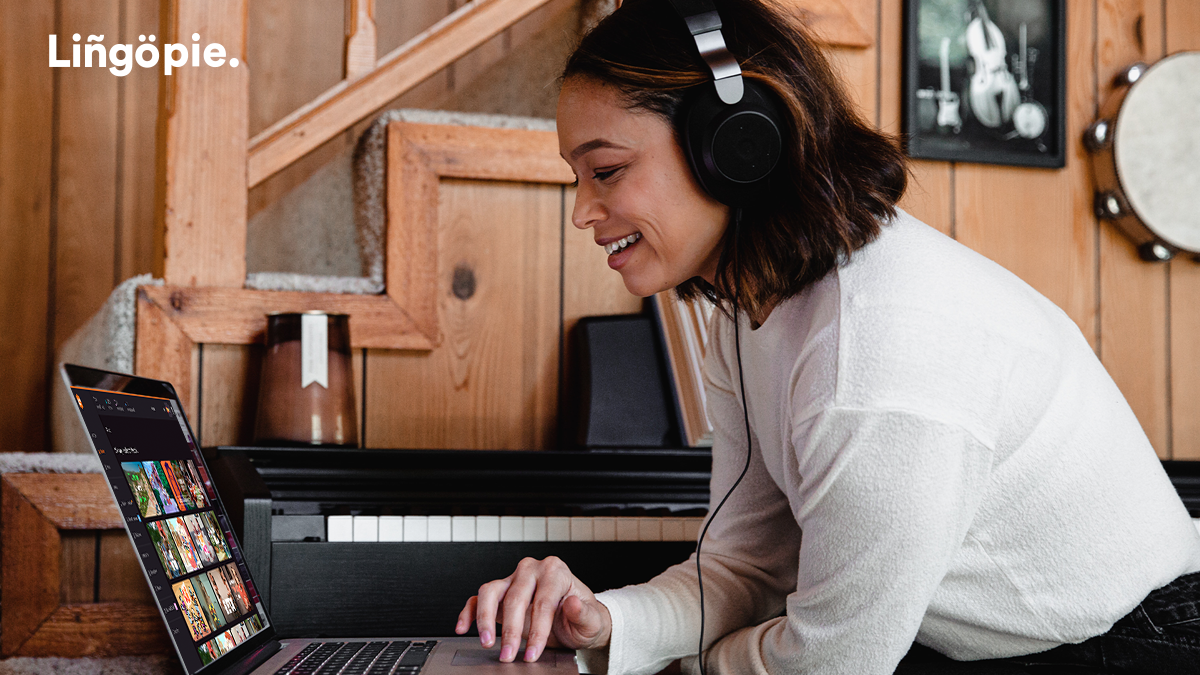
#7 Surround yourself with the language
If you really want to master your new language, try going to a place where native speakers live. Ideally, go abroad and live in a country where it’s the official language.
That said, not everyone can drop everything and get on a plane. Luckily, there are other ways to surround yourself with the language without leaving your city. Here are some ideas you can easily implement:
- Add flashcards around your house labeling objects in your target language
- Change your electronics’ language settings to the language you’re studying
- Sign up for a language exchange with native speakers
- Volunteer in spaces where native speakers congregate
And that’s it! Hopefully, these tips on how to become fluent in a language will move you closer to achieving your goals.
Check out our post about how the brain adapts to new languages and the neuroplasticity in language learning.
FAQ
How long does it take to become fluent in a language?
Becoming fluent in a language typically takes 2-3 years of consistent study and practice. However, the exact time frame varies depending on factors such as:
- The language you're learning and its similarity to your native language
- The intensity and frequency of your study sessions
- Your prior language learning experience
- Your exposure to the language through immersion or daily use
While it's possible to become conversational in a language within 6-12 months of dedicated study, true fluency requires a deeper understanding of the language's grammar, vocabulary, and cultural nuances.
What is the fastest way to become fluent in a language?
While there is no one-size-fits-all approach to language learning, some effective strategies can help you become fluent more quickly:
- Immerse yourself in the language by surrounding yourself with native speakers, watching movies, and listening to music in the target language.
- Practice consistently, aiming for daily study sessions of at least 30 minutes to an hour.
- Focus on learning the most common words and phrases first, as they will be the most useful in everyday conversations.
- Engage in active learning by speaking and writing in the language as much as possible, even if you make mistakes.
- Use language learning apps, tutors, or classes to provide structure and guidance in your learning journey.
Remember, the fastest way to fluency will vary from person to person, but dedication, consistency, and a willingness to make mistakes are key to making rapid progress.
Is it possible to become fluent in another language?
Yes, it is possible to become fluent in another language, regardless of your age or background. While it may take time and effort, fluency can be achieved through:
- Consistent practice and study
- Immersion in the language through conversations with native speakers, media consumption, and travel
- A positive attitude and willingness to make mistakes and learn from them
- Focusing on practical language skills rather than striving for perfection
Remember, fluency is about effective communication, not perfect grammar or pronunciation. Embracing the learning process and regularly using the language in real-life situations can help you achieve fluency over time.

Over To You
As we learned in this post, becoming fluent in a language is an achievable goal that requires dedication, consistency, and the right learning strategies. And if you're serious about starting on your path to fluency, then you better give Lingopie a try!
Lingopie is an innovative language-learning platform that combines engaging, authentic video content with interactive subtitles and personalized learning tools. Whether you're a total beginner or an advanced learner, Lingopie offers a wide range of content to suit your interests and skill level, making it the perfect tool to complement your language learning efforts.
Start your free trial today and take the first step towards achieving your fluency goals with Lingopie!

